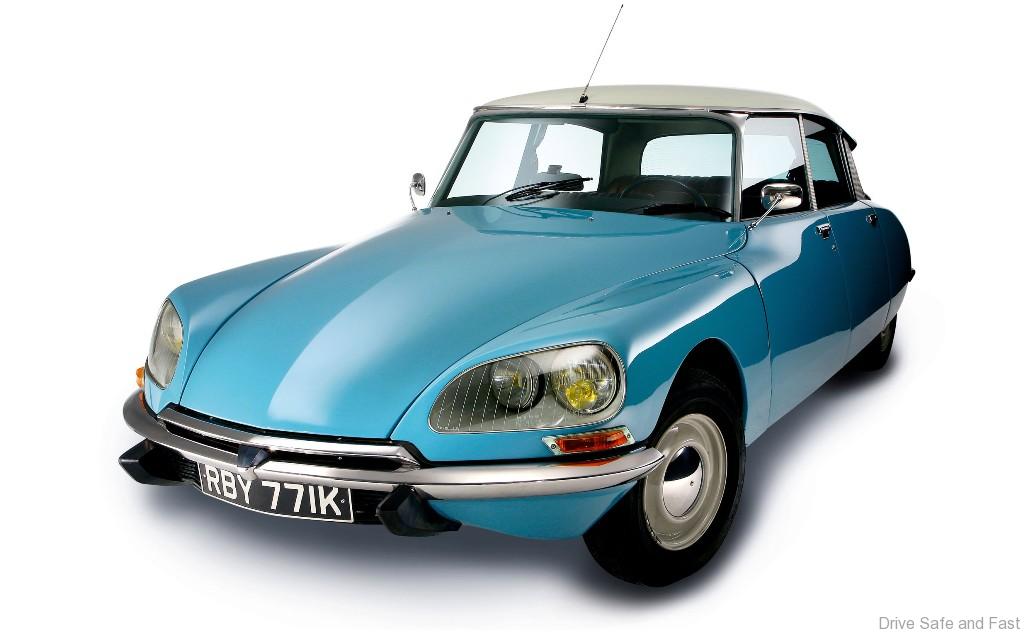Citroen will stop selling cars equipped with its once-renowned ‘legendary’ hydropneumatic suspension system. Citroen engineers will be working on “new technologies” to ensure that a comfortable ride remains at the heart of the French brand’s top models.
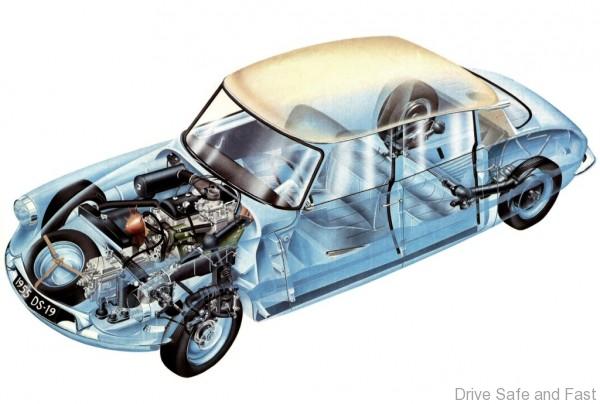
For decades, Citroen’s upper-range models have had a linked suspension system in which conventional springs are replaced by nitrogen-filled spheres that are stiffened or softened using hydraulic fluid.
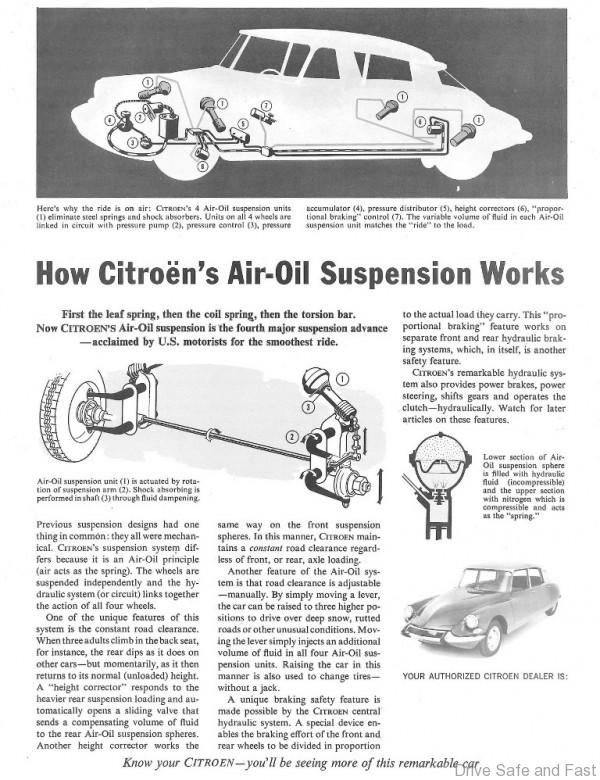
The system was the key to the famed soft ride of the Citroen DS launched in 1955 and the firm has used some variation of the system since then on its flagship models. The C5 midsize sedan and station wagon use a computer-controlled version of the system that Citroen calls Hydractive III. The 7-year-old C5 is the final car to use the hydropneumatic suspension.
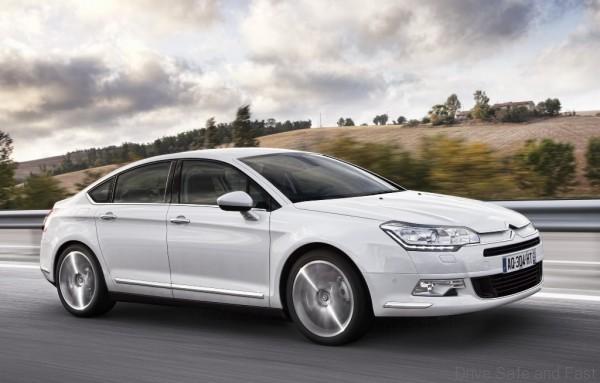
Hydraulic suspension will cease because it is an old technology and future Citroens would provide comparably smooth rides by using new technology. Comfort suspension is 100 percent part of the Citroen DNA and it should and must remain. Citroen car fitted with hydraulic suspension system are well known for the ability to corner like a sports car whilst still providing excellent cabin comfort for passengers, especially rear passengers.
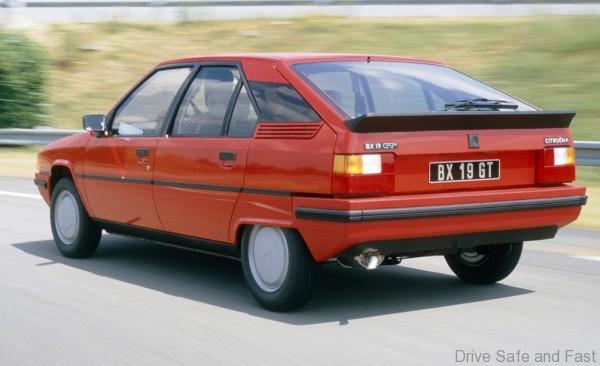
However the system for years has had its drawbacks like leaking fluids, failing hydraulic pumps and failing pump motors. Malaysian Citroen enthusiasts will remember the BX19GT and the Citroen XM cars.
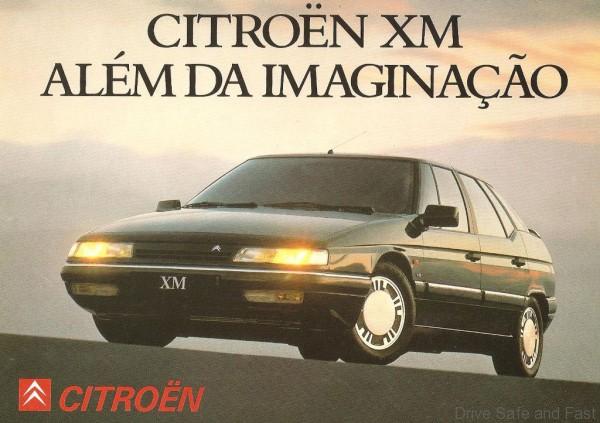
Newer technology such as adaptive dampers and air suspensions has allowed automakers to incorporate the advantages of the hydropneumatic suspension such as adjustable stiffness and ride-heights at a lower cost.



